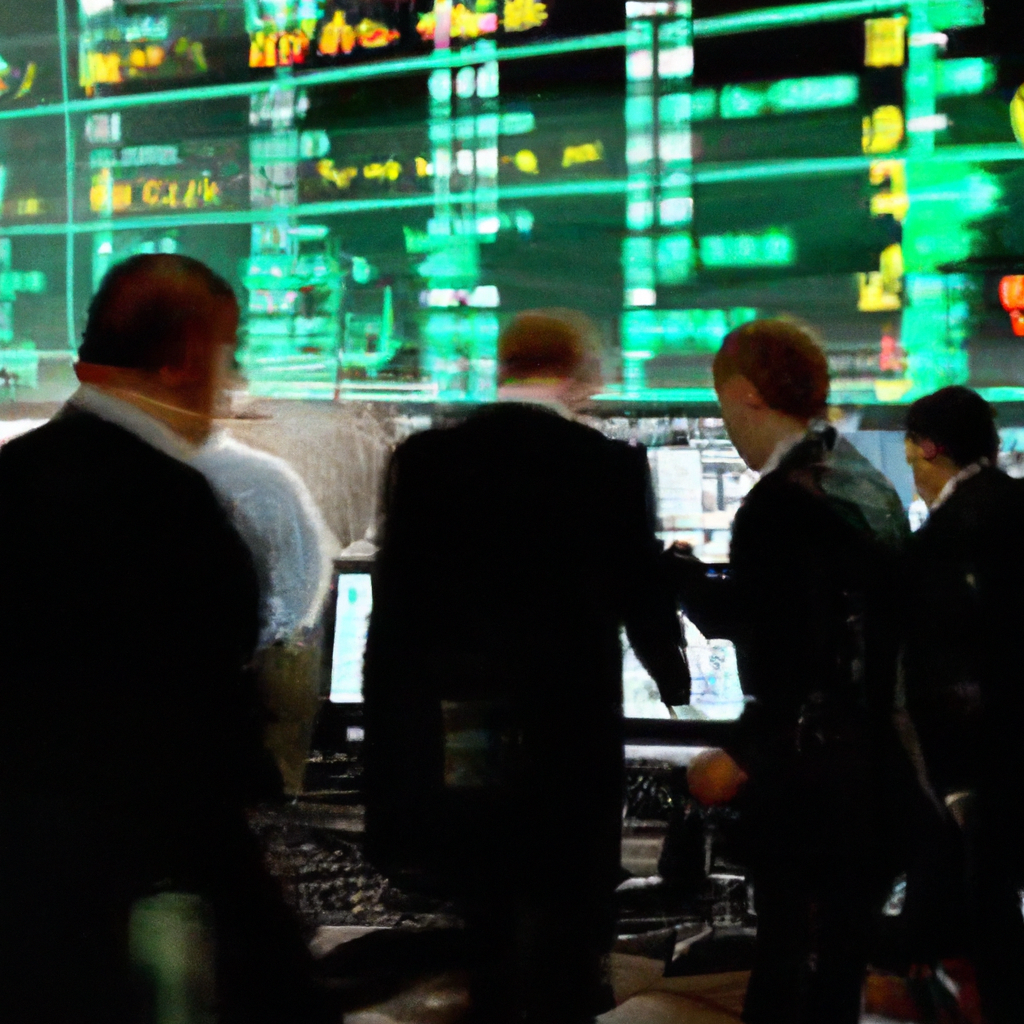The current state of the world economy is a complex interplay of various factors that influence global financial markets and individual investments. As of October 11, 2024, several key points emerge that highlight the dynamics of inflation, stock market performance, and the evolving landscape of cryptocurrencies like Bitcoin.
Stock Market Resilience Amid Inflation Concerns
Despite persistent inflation worries, the major U.S. stock indices have demonstrated impressive resilience. The S&P 500 index has posted gains of over 20% year-to-date, reflecting a robust market sentiment that seems to counterbalance economic uncertainties. Recent consumer price index (CPI) data for September revealed a 0.2% increase month-over-month and a 2.4% year-over-year rise, which exceeded economists’ expectations and intensified concerns regarding the pace of inflation. This paradox of rising inflation alongside a buoyant stock market underscores the complexities investors face.
Moreover, the U.S. nonfarm payrolls report has painted a positive picture for the labor market. With employers adding 254,000 jobs in September—significantly above consensus estimates—and the unemployment rate falling to 4.1%, there is growing optimism about economic vitality. A strong jobs report can lead to increased consumer spending, further buoying the stock market. However, it also raises the specter of potential interest rate hikes from the Federal Reserve if inflation continues to rise.
Geopolitical Influences and Cryptocurrency Trends
Geopolitical tensions, particularly in the Middle East, have added another layer of complexity to the economic landscape. The recent Iranian missile strike on Israel has resulted in increased oil prices and heightened market volatility. While the immediate reaction in the broader financial markets has stabilized, the implications for oil prices and related commodities remain significant, as investors continue to monitor these developments closely.
In the realm of cryptocurrency, Bitcoin has emerged as a standout performer, boasting a year-to-date gain of 47.02%. This surge is partially attributed to the Federal Reserve’s interest rate cut policies, which have provided a supportive environment for digital assets. The CME Group has responded to the growing interest in Bitcoin trading by expanding its futures and options offerings, allowing investors more flexibility and precision in managing their cryptocurrency investments. This trend showcases the increasing acceptance and integration of cryptocurrencies within the larger financial ecosystem.
Despite the economic strains heightened by inflation and geopolitical issues, the housing market shows signs of stabilization. A minor uptick in mortgage applications and refinancing activity suggests that homebuyers and homeowners are seizing opportunities, albeit from a low baseline. With a substantial number of existing mortgages locked in below 6%, and many under 5%, there remains a window of opportunity for buyers to capitalize on lower borrowing costs before rates potentially rise with continued economic strength.
Overall, as we move forward, the U.S. economy reflects a precarious balance between growth and inflation. While a soft landing appears likely, with no recession predicted, analysts will be closely scrutinizing the Federal Reserve’s policy decisions in response to evolving economic data. This delicate equilibrium will continue to impact both equity and bond markets, driving strategic decisions by investors aiming to navigate these challenging yet promising times.













